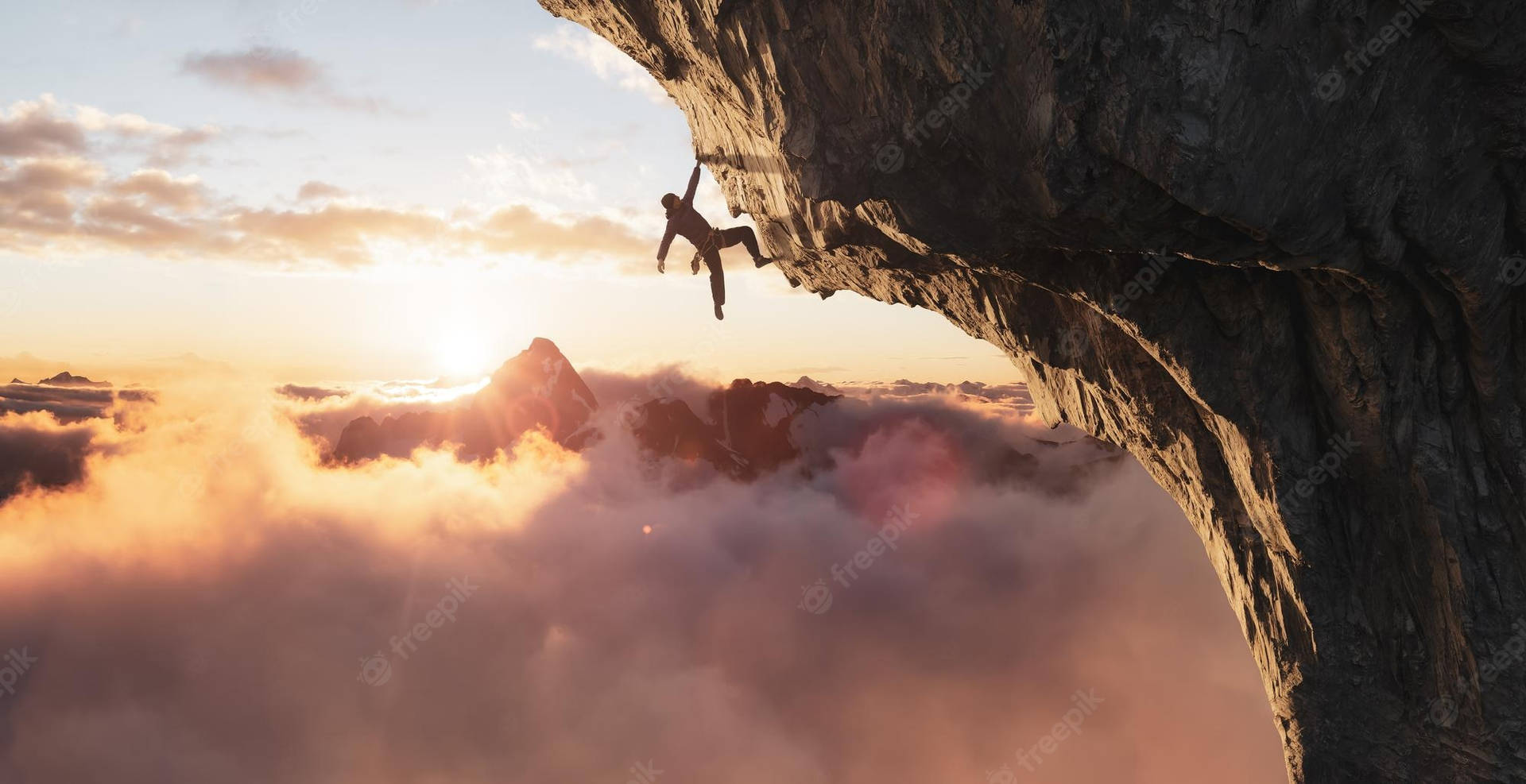
FAQ About Climbing
Climbing
2 years ago | gizem
How do I plan a climbing trip or expedition?
Planning a climbing trip or expedition requires careful preparation and organization to ensure a safe and enjoyable experience. Here are the essential steps to plan a climbing trip:
1. Choose a Destination:
- Decide on the climbing destination based on your preferences, skill level, and the type of climbing you want to do (e.g., sport climbing, trad climbing, bouldering, alpine climbing). Research potential locations, consider factors like weather conditions and accessibility, and select a destination that aligns with your climbing goals.
2. Set Goals and Objectives:
- Define your climbing objectives for the trip. Are you looking to push your climbing grade, gain experience in a specific climbing style, or summit a particular peak? Setting clear goals will help shape the rest of your planning.
3. Create a Climbing Itinerary:
- Plan your climbing days, including the routes you want to attempt and the backup options in case of weather changes or unforeseen circumstances. Allow some flexibility in your itinerary to accommodate potential rest days or changes in plans.
4. Arrange Accommodations and Logistics:
- Book accommodations well in advance, whether it's a hotel, camping spot, or a climbing lodge. Consider transportation options to and from the climbing area, as well as local transportation between climbing locations.
5. Gather Climbing Gear:
- Make a checklist of all the climbing gear you'll need for the trip. Ensure that your gear is in good condition and appropriate for the type of climbing you'll be doing. Don't forget essentials like climbing shoes, harness, helmet, ropes, protection, and appropriate clothing for the weather.
6. Check Permits and Regulations:
- Research if the climbing area requires permits or has any specific regulations. Make sure to obtain any necessary permits or permissions in advance to avoid any issues during the trip.
7. Assess Safety and Emergency Preparedness:
- Understand the potential risks associated with the climbing area and assess your group's experience and skills in handling emergencies. Carry a well-stocked first aid kit and have a plan for communication and evacuation if needed.
8. Find Climbing Partners:
- If you're not traveling with a group, try to find climbing partners for the trip. Look for climbing forums, social media groups, or local climbing communities where you can connect with other climbers interested in the same destination.
9. Stay Informed about Local Conditions:
- Stay updated on weather conditions and any local climbing advisories or warnings. Be prepared to adapt your plans if necessary for safety reasons.
